All products featured are independently chosen by us. However, SoundGuys may receive a commission on orders placed through its retail links. See our ethics statement.
How to properly power your speakers
April 1, 2025
So, you’ve just got yourself a swanky new pair of loudspeakers and can’t wait to listen to them, but we want to make sure you hook them up to get the most out of them. Ensuring that your speakers work with optimum efficiency, accuracy, and volume isn’t difficult these days, but there are a few tips worth knowing. We’re here to help you learn everything you need to know about connecting and powering your speakers, plus the importance of impedance matching.
- On March 22nd, 2023 for formatting
- On April 1st, 2025, to address reader-submitted questions
What’s the difference between active and passive loudspeakers?
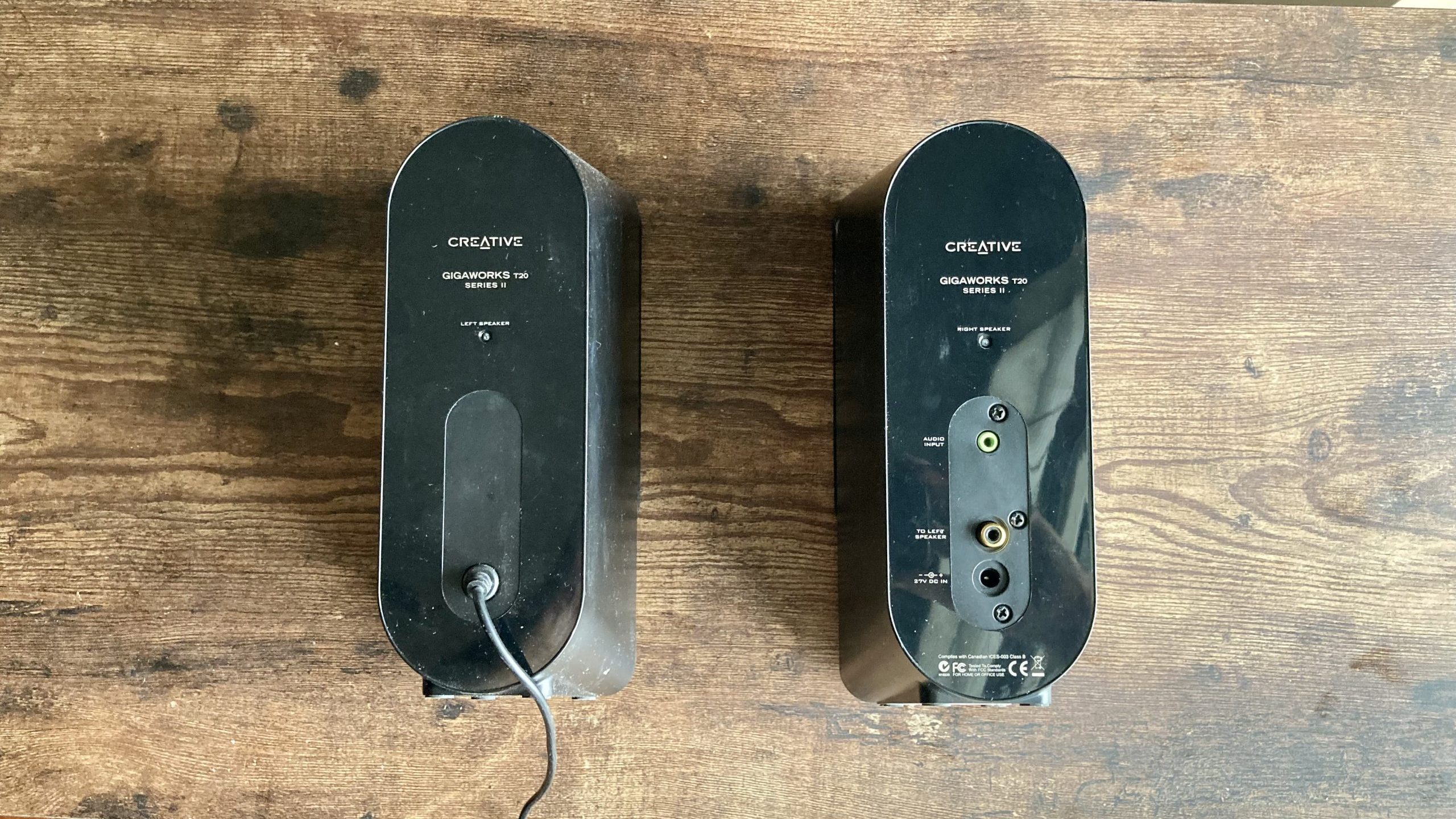
Loudspeakers are available in three formats: passive, powered, and active. Powered loudspeakers have a built-in amplifier that is appropriately powered and matched to the speakers’ driver units. They can also incorporate active crossovers (that’s a topic for another day!) which makes them active speakers. Smart home and Bluetooth speakers are always powered, as they require power for their additional features. If you have powered speakers, you can simply plug them into a power outlet (or rely on the internal batteries), connect your audio source, and stop reading here, unless you’re curious of course!
The first type, passive loudspeakers, don’t have built-in amplification, so there’s no provision to connect them to a power outlet or other power source. Instead, the back of each speaker will have a pair of binding posts or wire clamps that you’ll need to connect to an external amplifier or receiver with some appropriate wire.
Now, to figure out which amplifier to use and how to hook everything up, this guide helps.
Why is speaker impedance important?
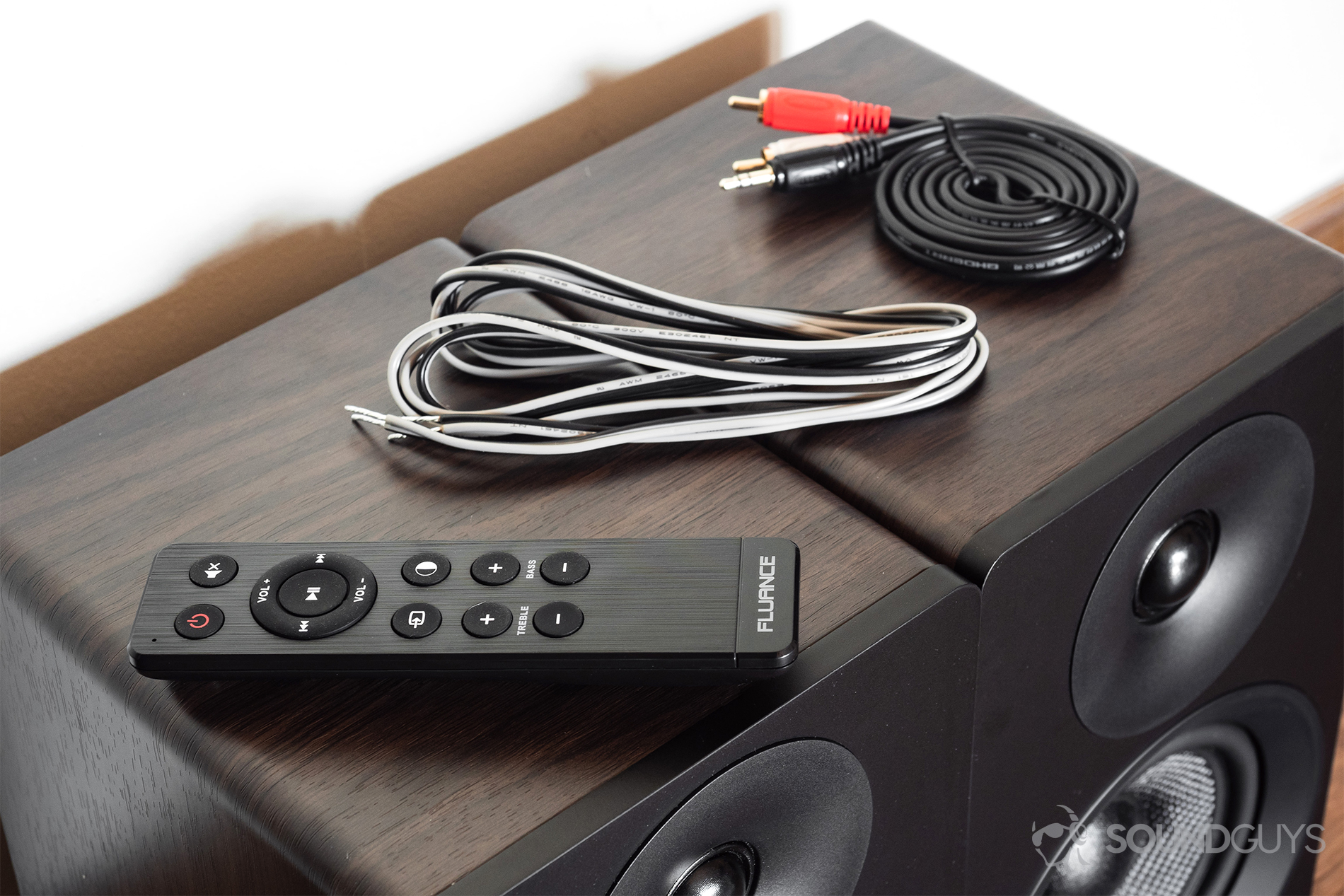
Passive loudspeakers are essentially electrical circuits that can have inductive, capacitive, and resistive elements and follow the rules of impedance. Impedance matching the amplifier’s output with the speaker’s input maximizes power transfer and allows the amplifier to work in its optimal range. Failure to match these correctly can result in under-powered speakers and low volume, or worse, an overheated and failing amplifier. Don’t worry if you never took Electronics 101, we’re not going to need to do any math. Audio engineers have made the whole process simple enough.
To start, look for something called the speaker’s nominal impedance (in ohms, Ω). You’ll usually find this measurement on the back of your speakers, or you may need to look it up. Typical values are 4Ω, 8Ω, and 16Ω.
Match your speaker's impedance to your amplifier's corresponding output channel. Simple.
Next, check out your amplifier or receiver and find the corresponding minimum load impedance information. This should be labeled on the back or in the specifications. If your speaker is 4Ω you’ll need an amplifier that has an output load rating for 4Ω and above. Yes, it’s really that simple!
What do you need to know when wiring multiple speakers to a single amplifier channel?
Where you really need to pay attention is if you opt to wire up multiple speakers to a single amplifier channel (we don’t generally recommend this). In this instance, you’ll need a little bit of math to calculate the combined impedance of all the speakers you have connected. For serial connections, this is very simple as impedance adds. Two 4Ω speakers connected in series have an impedance of 8Ω, two 6Ω speakers become 12Ω, and so on.
Connecting speakers in parallel is more complicated, as impedance actually reduces for each speaker connected. You’ll need the formula 1/Ωtotal = 1/Ω1 + 1/Ω2 + 1/Ω3 + … For example, two 4Ω speakers in parallel have a combined impedance of 2Ω. Or a more complex connection of two 4Ω and one 6Ω speakers have an impedance of just 1.5Ω. This is important to know, as parallel connections can easily load down your amplifier, causing it to overheat or shut off.
Does the type of speaker wire matter?
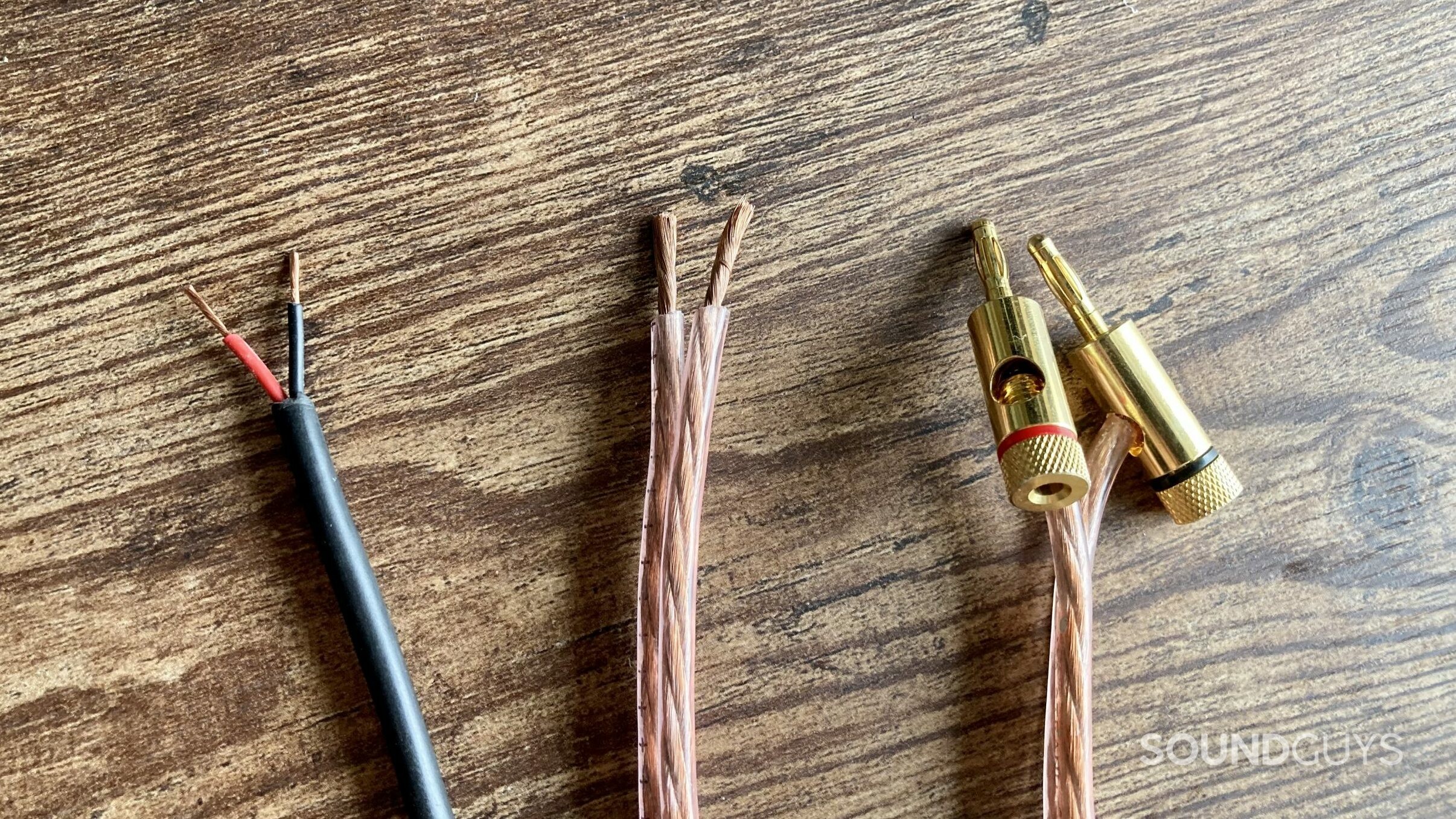
After buying an expensive speaker system, don’t let overpriced speaker cables tempt you. These specialty cables promise superior sound but with no scientific backing. Save your money and stick to basic cables, or those that came with your speaker system. As we’ve shown, even a wildly impure zinc alloy coat hanger sounds perfectly fine powering speakers. What is actually important is that your speaker wires aren’t any longer than necessary—cut them to the right length once you have your speaker placement finalized.
How much power should your amplifier provide?
Loudspeakers will have a power rating in watts (W)—you’ll find this in the specs online, in the manual, and possibly on the back of the speaker. Likewise, amplifiers also have a maximum output power rating. This is often quoted in watts-per-channel (WPC). Consider your loudspeaker’s sensitivity (in dBSPL per W at 1M), the listening distance from your loudspeaker, and your desired volume (75-85dB is usually plenty). Plug them into an online calculator like this to get you in the right ballpark.
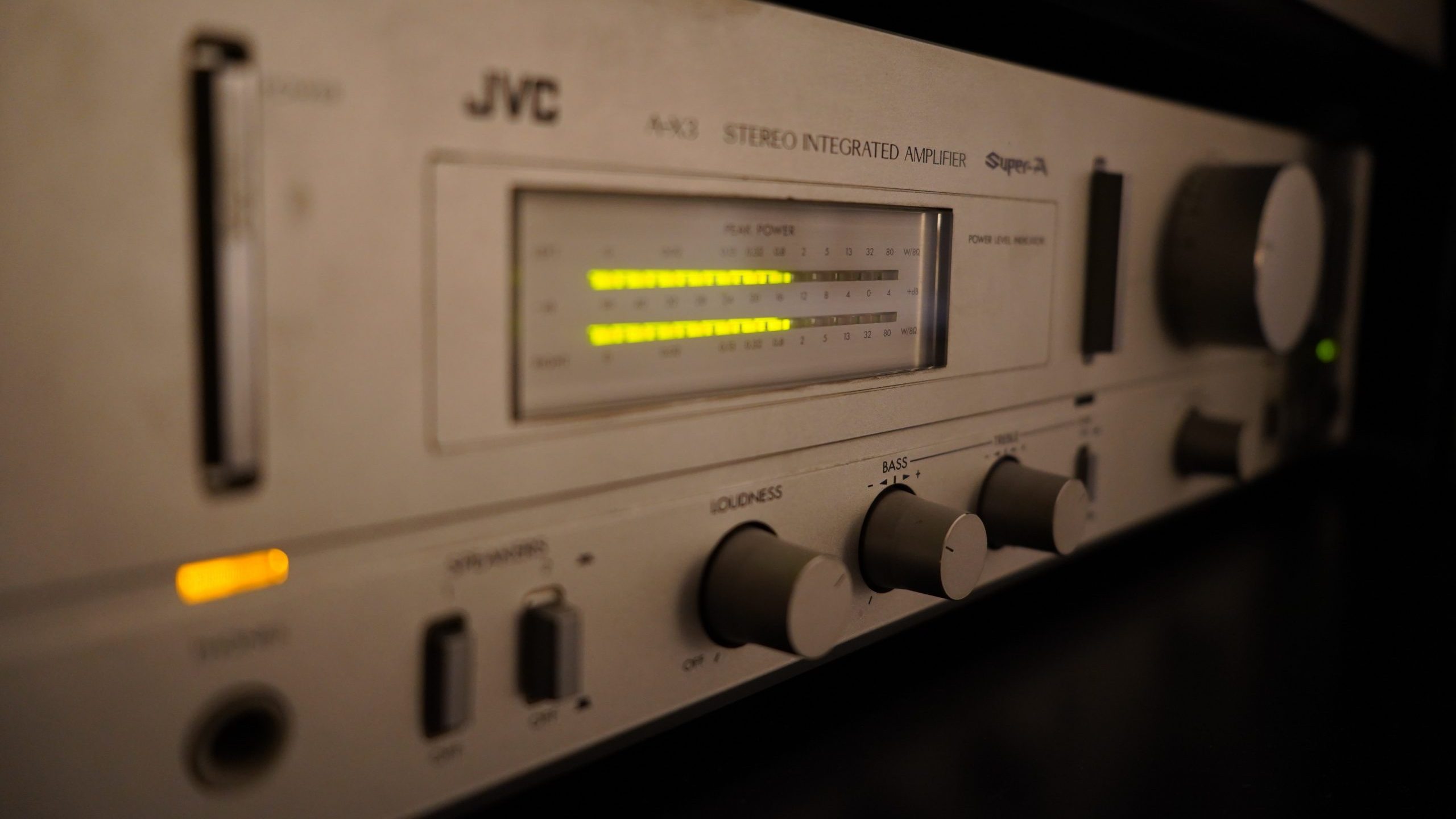
You’d be surprised by how little power most speakers actually need to sound decently loud. Just 10W to 20W is more than enough for typical loudspeakers in modest listening spaces. Generally speaking, a 50W amplifier is more than enough for home listening with plenty of headroom. Of course, distortion and frequency characteristics are just as important when looking for a good amplifier, so don’t let power be your only deciding factor.
You might think that an amplifier with a slightly lower power rating than your speakers ensures that you won’t blow them out at max volume. This actually isn’t the case because when you push your amp to the point where the output clips, the produced waveform becomes far more likely to damage the attached loudspeaker—the tweeter that produces the high frequencies is most sensitive to this and may get fried under these circumstances.
You'd be surprised by how little power most speakers actually need to sound loud in your living room.
You’re actually better off looking for an amplifier with a higher power rating than the speakers and exercising some common sense in how loud you push the system!
What is speaker polarity?
Speakers each have two input terminals, which are labeled either with a + or – symbol, or are color-coded red and black respectively. It’s important to ensure that the positive (red) terminal on the loudspeaker connects to the corresponding output terminal on the amplifier. Many speaker cables sport an identifying feature on one of the conductors to help keep track of what’s what.
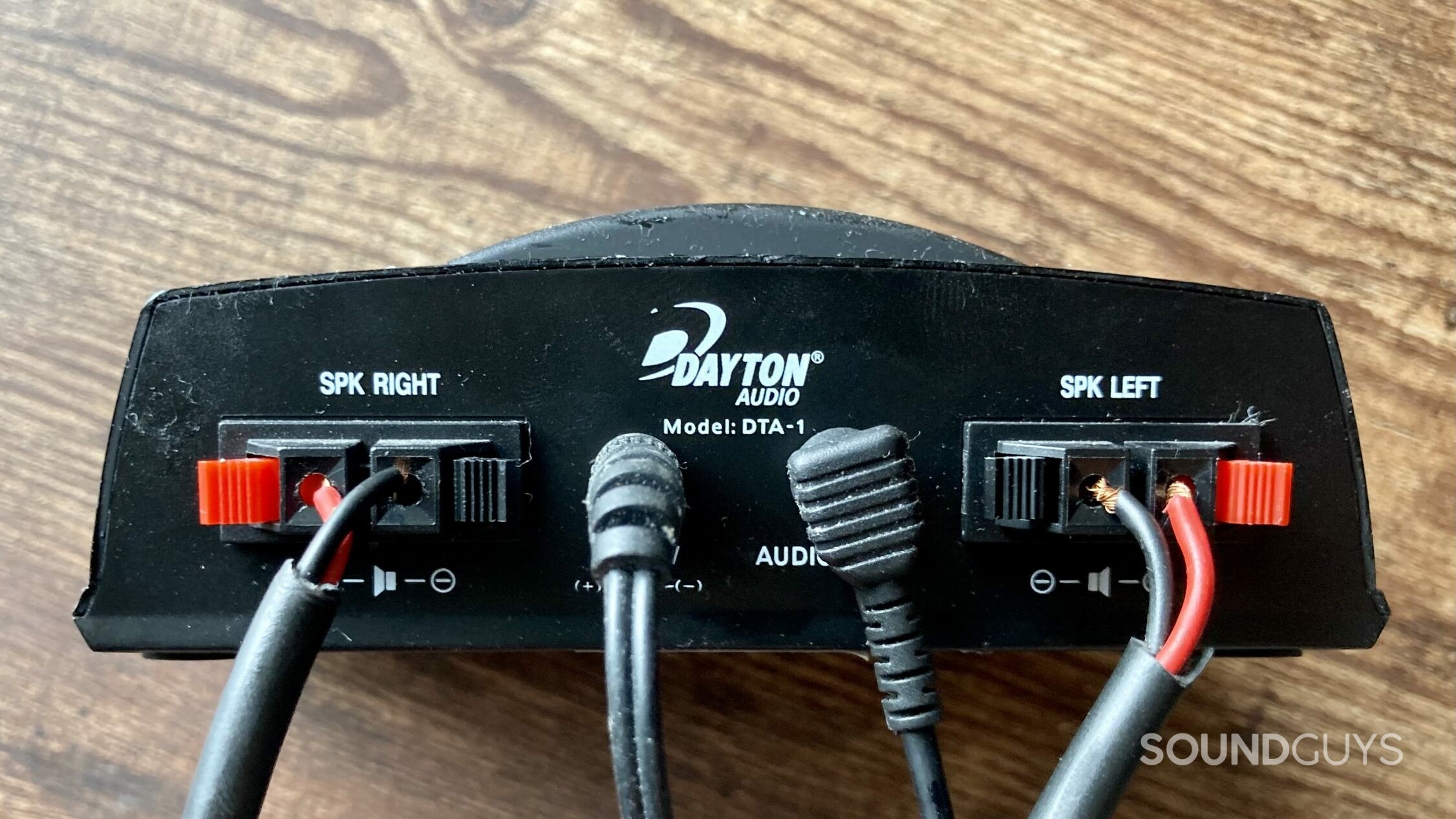
It’s absolutely essential to make sure that positive and negatives are matched up on both the left and right speaker channels. If you don’t do this, you could end up with one channel out of phase with the other. If that happens, any mono content will effectively cancel out at your listening position—meaning centrally panned elements of the mix (like bass, snare and lead vocals) will also cancel—leaving you with a “thin,” compromised sound.
Putting it all together
There’s a lot of info there, but powering passive speakers isn’t that complicated. Fortunately, standardization in the audio industry means that it’s generally a plug-and-play affair. Even so, here are a few key tips to make sure your new purchase works at peak performance.
- Make sure your amplifier can handle your speaker’s impedance. Check the spec sheets and make sure your loudspeaker’s input impedance isn’t lower than the matching amp channel’s minimum load specification.
- Triple check your impedance math when connecting speakers in serial or parallel.
- Avoid cable snake oil, stick with basic cable or what comes in the box.
- Buy an amplifier that suits your power needs. More watts aren’t necessarily better, and under-powering can be a problem too.
- Pay close attention to polarity.
With all that in mind, you’ll have no problem powering your speakers properly.
Frequently asked questions
Assuming that the impedance is compatible as explained in the article, you can power a 3000 watt speaker with a 100 watt per channel amp.
Unless your source device has a built-in amplifier, you don’t. Speakers need a certain level of power to operate and passive speakers need an amplifier.
A Sonos Amp can power two pairs (four speakers) of 8-ohm speakers when wired in parallel, or three pairs (six speakers) of Sonos Architectural speakers.